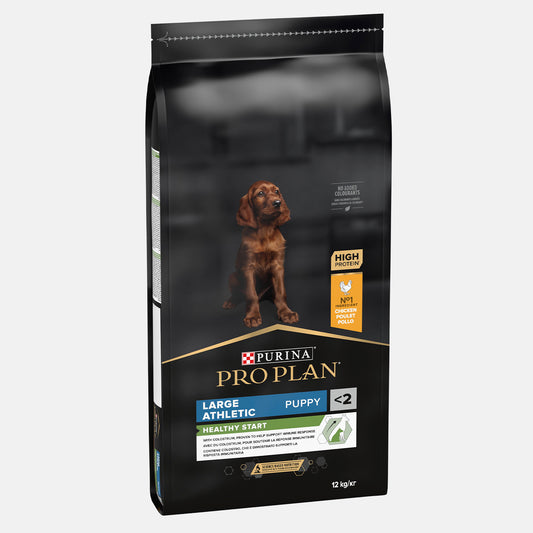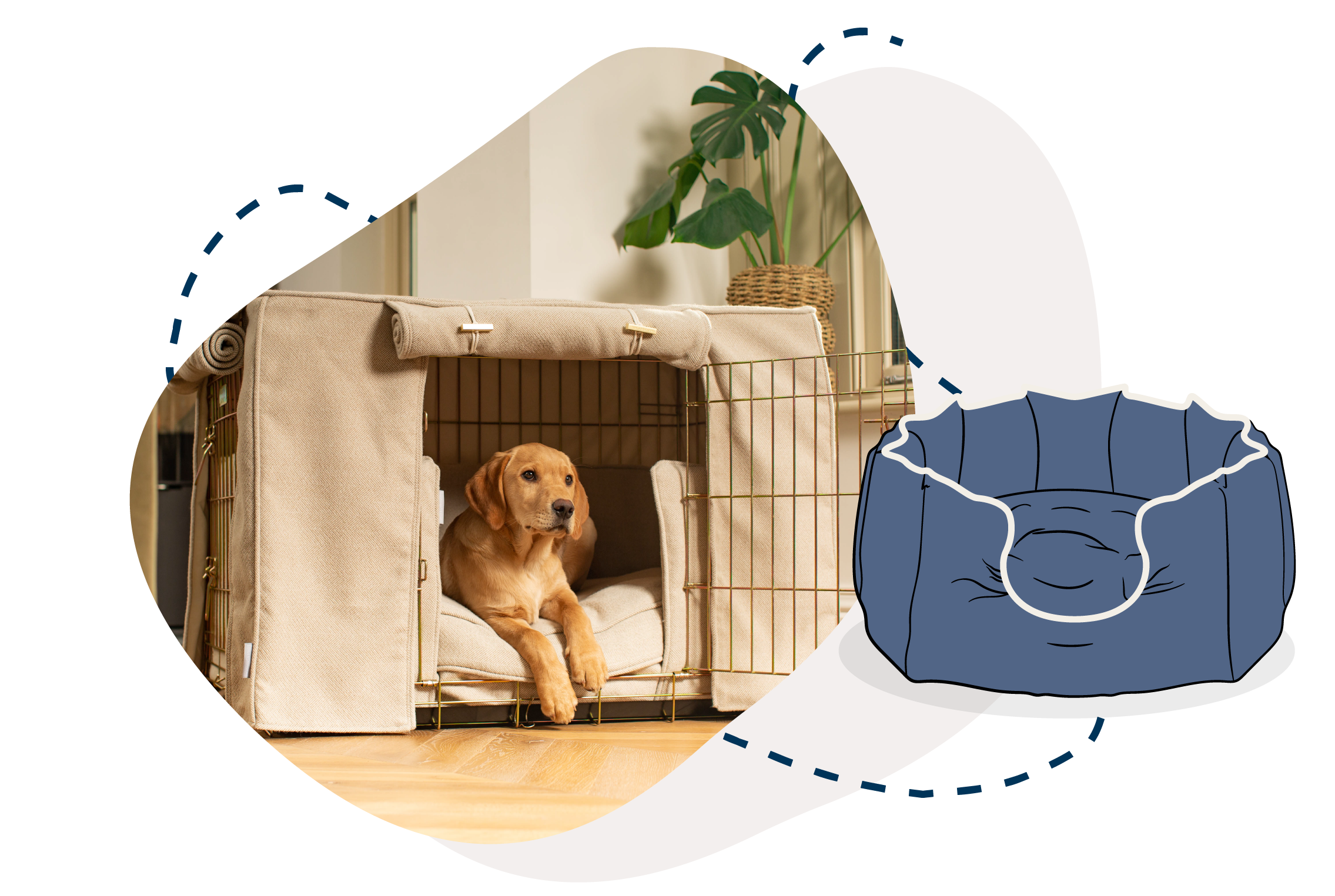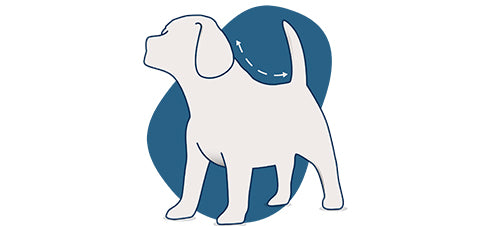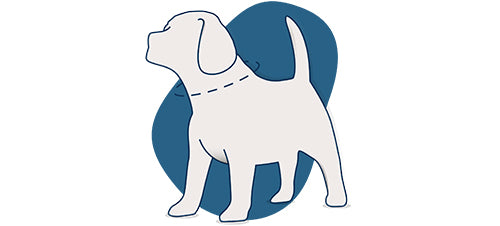
How to Train Your Dog to Use a Dog Flap
A dog flap can be a game-changer for pet owners, offering convenience and freedom for both you and your dog. Whether you have a back door with a doggie door, a dog flap for UPVC doors, or an automatic dog flap, training your dog to use it may take some patience and consistency. This guide will walk you through the steps to ensure your dog becomes confident and comfortable using their dog flap. Why Invest in a Dog Flap? Dog flaps, or pet doors, allow your dog to come and go as they please, promoting independence and reducing the need for you to constantly open and close the door. They come in various types to suit different doors and needs, including: Dog flap for glass doors: Ideal for homes with glass-panelled doors. Dog flaps for double glazed doors: Perfect for energy efficiency. Electronic dog doors: Provide added security by only opening for pets with a sensor on their collar. Extra large dog flaps: Suitable for larger breeds. Automatic dog flaps: Convenient for hands-free operation. Choosing the right pet door is crucial. For instance, a dog door for sliding doors is great for patio spaces, while a door with a dog door flap built-in is a seamless solution for standard doors. Preparing Your Dog for the Dog Flap Before you begin training, it’s essential to ensure your dog feels comfortable and safe around the new addition to your home. Here are some preparatory steps: Introduce the Dog Flap: Place your dog near the flap and let them sniff and inspect it. Praise them for showing interest and reward them with treats. Secure the Flap Open: Initially, prop the flap open so your dog can see through to the other side. This reduces any fear of the unknown and helps them understand its purpose. Use Familiar Scents: Rub your dog’s bedding or a favourite toy on the flap. This makes the flap smell familiar and less intimidating. Step-by-Step Guide to Training Your Dog to Use a Dog Flap Create Positive Associations: Start by encouraging your dog to approach the flap. Use treats, toys, or praise to create a positive association with the area. Make sure your dog is relaxed and in a good mood before beginning training sessions. Stock up on treats to praise your dog with here. Encourage Exploration: With the flap propped open, stand on the other side and call your dog. Use a cheerful tone and show them a treat or toy as motivation. Once they pass through, reward them generously. Repeat this step several times to build their confidence. Introduce the Flap Motion: Once your dog is comfortable walking through the propped-open flap, let it down slightly. Use your hand to hold it partially open and encourage your dog to push it with their nose or paw. Reward any attempt to move the flap. Practice Fully Closed Flap: Gradually work towards having the flap completely closed. Encourage your dog to push through the flap using their nose or body. You can use a favourite toy or treat to entice them on the other side. Build Consistency: Practice several times a day in short sessions. Consistency and patience are key to success. Over time, your dog will become confident using the flap independently. Troubleshooting Common Issues Fear of the Flap: If your dog seems scared, take a step back and focus on creating positive associations. Avoid forcing them through the flap, as this can increase anxiety. Reluctance to Push the Flap: Some dogs may be hesitant to push the flap open. Try using a lighter flap or temporarily securing it open to encourage movement. Confusion with Electronic or Automatic Dog Doors: For an electronic dog door, ensure your dog is wearing the sensor or collar required to activate it. Practice with the door in manual mode before introducing the automatic function. Tips for Choosing the Right Dog Flap When selecting a dog flap, consider the following factors: Size: Ensure the flap is the right size for your breed. An extra large dog flap is ideal for bigger dogs like Labradors. Material: For durability, opt for a high-quality material that suits your door type, whether it’s UPVC, glass, or wood. Location: Whether you need a dog flap for glass doors, sliding doors, or UPVC doors, choose a model designed specifically for that purpose. Security: Electronic dog doors add an extra layer of security by preventing stray animals from entering. Benefits of a Trained Dog Using a Dog Flap Training your dog to use a dog flap offers several advantages: Freedom: Your dog can go outside to play or relieve themselves without waiting for you. Convenience: You’ll no longer need to interrupt your activities to open and close doors. Reduced Accidents: Dogs can access the outdoors as needed, minimising indoor accidents. Final Thoughts Training your dog to use a dog flap takes time and patience, but the rewards are well worth the effort. With the right approach and consistent practice, your dog will soon enjoy the independence of coming and going as they please. Whether you’re using a back door with a doggie door, a dog flap for UPVC doors, or an electronic dog door, the key is to make the experience positive and stress-free for your furry friend. Explore our range of training treats at Lords & Labradors to make training your dog to use a dog flap a breeze!


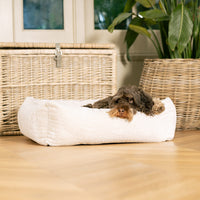

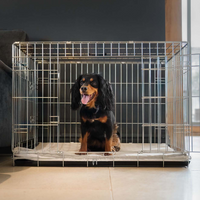

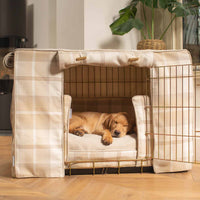
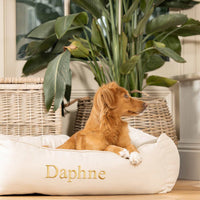
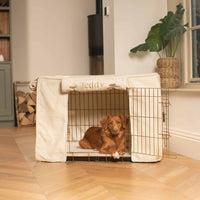
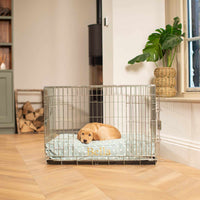
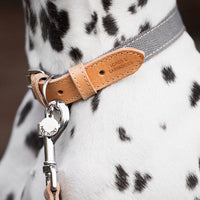



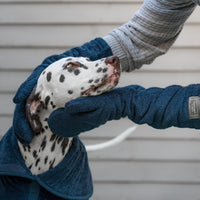

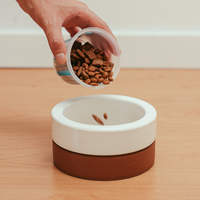
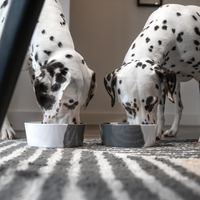
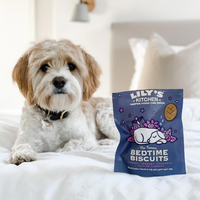
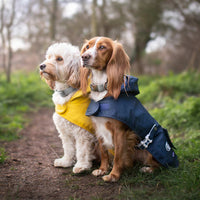
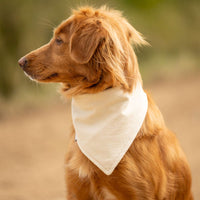
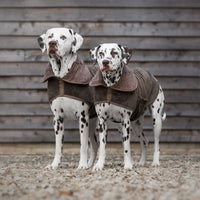
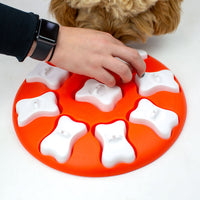
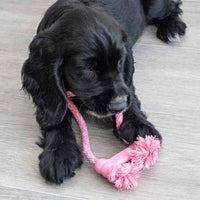
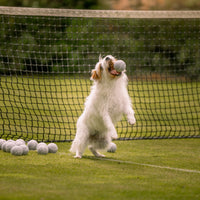
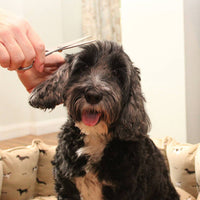
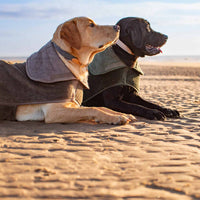
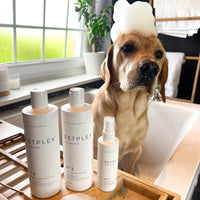
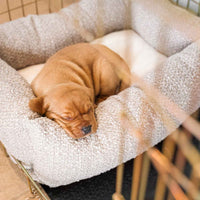
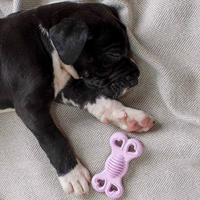
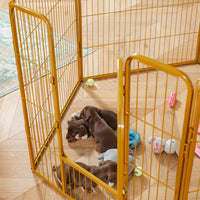
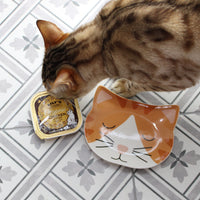
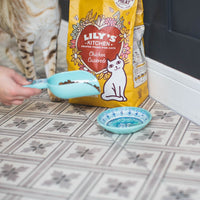
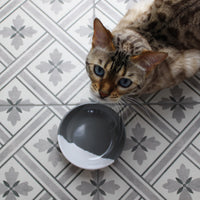
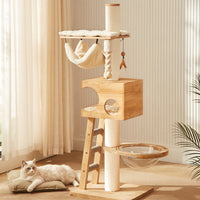
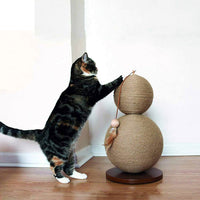


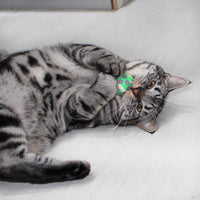
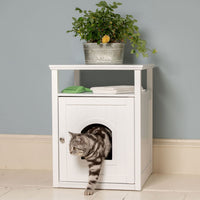
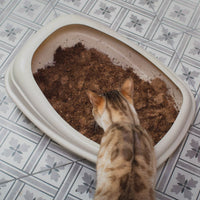
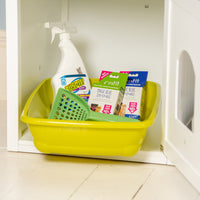
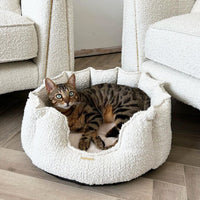
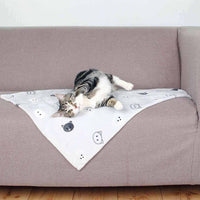
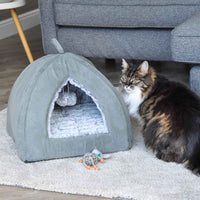



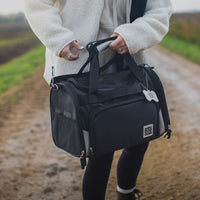

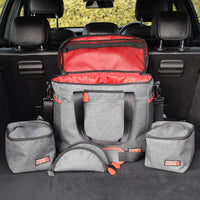

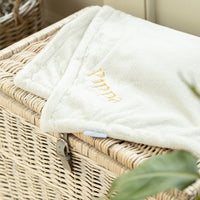
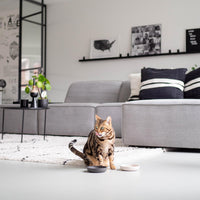










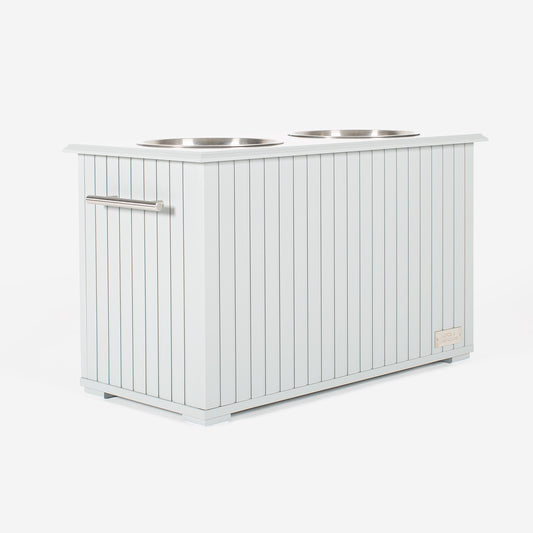


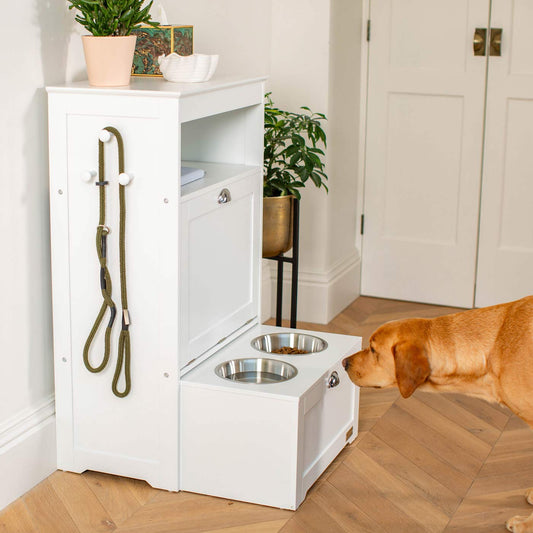















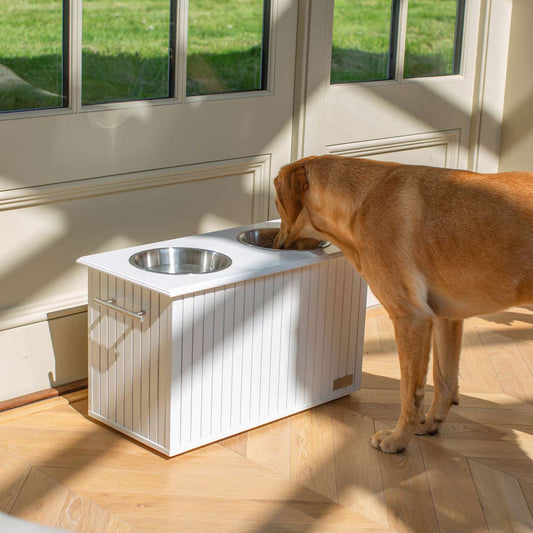
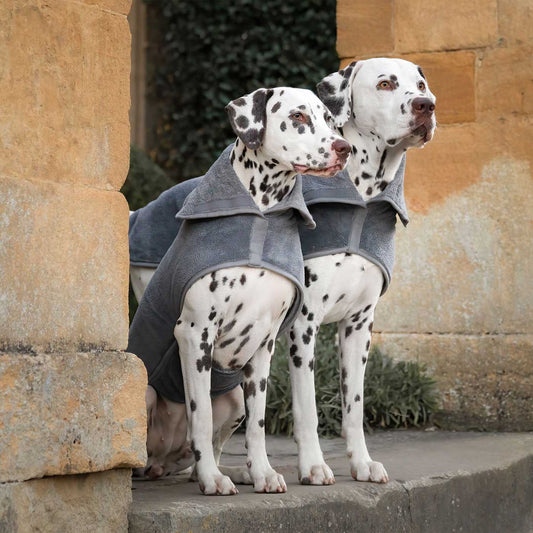



![[color:grey]](http://www.lordsandlabradors.co.uk/cdn/shop/products/dexas-mudbuster-grey-lifestyle.jpg?v=1636543411&width=533)



